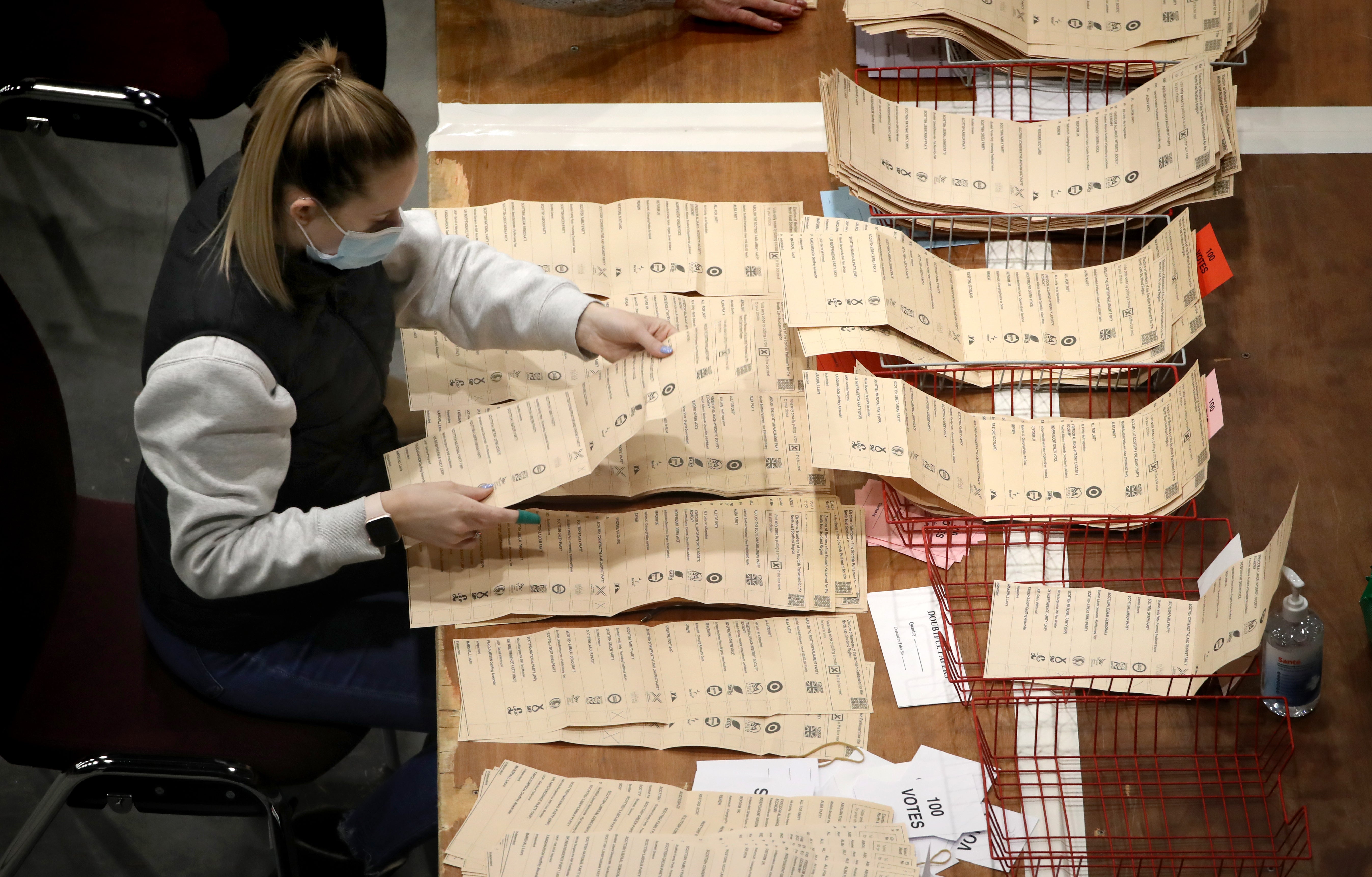
Scottish voters have embraced transferable voting, according to one of the UK’s leading pollsters, who said May’s council elections could be even more polarised between Yes and No voters than the last ballot.
A new report for the Electoral Reform Society found voters north of the border have increasingly adapted to the preferential Single Transferable Voting (STV) system since it was introduced in 2007.
But Sir John Curtis, professor of politics at Strathclyde University, said the way in which they had did do had marked differences at the last vote in 2017.

“On the one hand, voters were more likely to cast multiple preferences than previously, and in so doing to rank candidates from more than one party.
“Moreover, lower preferences influenced the outcome in seats to a greater extent than before,” he said as his Power of Preferences report was published on Tuesday.
“On the other hand, voters were less likely than previously to express preferences across the constitutional fault line that divides Scottish politics.”
STV allows voters to rank candidates in order of preference, letting them back more than one party, and next month’s election will be the fourth time voters have headed to the polls using the system.
It’s clear that voters in Scotland are increasingly making use of the opportunity afforded by STV to express multiple preferences, and in so doing to back more than one party
The research found in 2017 almost 86% of valid ballot papers had at least two preferences, similar to the figure in 2012 and well up on the 78% that did so in 2007.
The analysis found the constitutional question was shaping the way voters rank candidates.
Some 46% of SNP voters gave their next preference, after all SNP candidates had been eliminated from the count, to a party other than the Conservatives, Labour, or Liberal Democrats.
This was well up on the 18% that did so in 2012.
Just 24% of SNP supporters gave their next preference to one of the three main unionist parties, well down on the 38% who did in 2012.
And Labour backers in 2017 were much more likely than they had been in 2012 to give their next preference to a candidate from another unionist party, either a Liberal Democrat, at 26%, or Conservative, 12%. This, in both cases, was around double than in 2012.
Professor Sir John said: “Independence supporters were less likely to give a lower preference to a unionist candidate, while backers of the Union were less likely to give a lower preference to a pro-independence candidate.
“Meanwhile, the pattern of voting behaviour in last year’s Holyrood election suggests that this polarisation of Yes and No supporters may well be even more marked in this year’s local ballot.
“Consequently, the outcome in May is unlikely just to turn on the distribution of first preferences.
“It will also depend on how Yes and No voters use the opportunity afforded by the STV ballot paper to express more than one choice – and on what the parties do or do not do to encourage them to do so.”
Transfers had played a greater role in deciding the eventual winner than before with only 38.5% of candidates elected on first preferences alone in 2017, five points down on the equivalent figure in 2012, and slightly below the 40% who were elected that way in 2007.
In the last local election as many as 101 seats, 8% of the total, were won by candidates who were not initially in a winning position, well up on the 68 seats in 2012 and 73 in 2007.
In 2017 around seven in ten Conservative, Labour, and SNP supporters gave preferences to other parties or independents when there were no more candidates of their first-choice party to rank.
On average, across all of Scotland’s local councils, the level of disproportionality in 2017 stood at 9.6, the report found.
This was far below the average figure of 34.5 for the outcome in Scotland of the last three Westminster elections held using first past the post.
Darren Hughes, chief executive of the Electoral Reform Society, said: “In Scotland, we see an electorate that has embraced this new form of voting, ranking their preferences instead of being forced by a winner takes all system to take a gamble on one option, which they often view as the least worst.
“With local authorities in Wales now also able to make the change to STV, the results in Scotland offer a powerful example of the benefits of adopting a fairer system.
“Where local councils north of the border have led the way it’s time for the rest of the UK to follow and embrace the power of preferences, so making proportional representation the norm.”







